Does the EU have what it takes to develop its own hypersonic missile interceptors?
- By Michael Peck
Share This Article
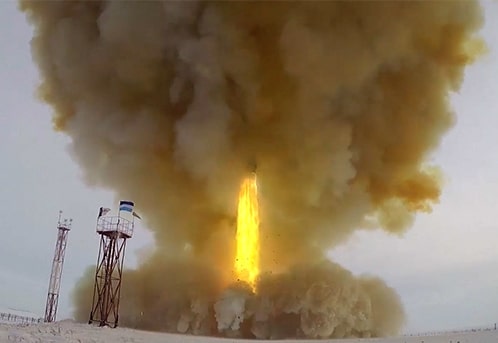
Faced with the threat of Russian hypersonic missiles, Europe is developing interceptors designed to shoot them down.
Yet whether a European anti-hypersonic missile takes flight may depend on whether an often-divided Europe can work together on a project that is certain to be long and expensive.
In July, the European Defense Fund – which finances defense research for the European Union – approved 100 million Euros (US$102 million dollars) for the European Hypersonic Defense Interceptor (EU HYDEF) project, which aims to develop an anti-hypersonic missile by 2030.
The 36-month project will focus on creating an “interceptor targeting the 2035+ threats, weapon and sensor systems,” according to a European Defense Fund announcement.
“The project will result in the concept, risk mitigation and demonstration of a cost-effective endo-atmospheric interceptor able to operate in different air levels encompassing new aerodynamic and actuator system for high maneuverability, highly agile guidance concepts, and advanced sensor/seeker systems.”
HYDEF envisions a highly maneuverable interceptor able to destroy missiles traveling at hypersonic speeds (faster than Mach 5).
The technical specifications of the project aren’t extraordinary. Other nations are working on endo-atmospheric (inside the Earth’s atmosphere) interceptors, including the United States, which recently began a search for air-breathing scramjet engines to power a hypersonic interceptor.
However, the project could be too ambitious for the EU.
Related: Could the Panther tank once again be seen in Europe?
A daunting task

There have been some joint large European projects, such as the British/German/Italian Panavia Tornado strike aircraft and more recently the Eurofighter Typhoon 4.5-generation aircraft. A Franco-German Main Ground Combat System is also being planned, which aims to produce a new European main battle tank by 2035. The EU is making efforts to strengthen European industrial defense cooperation (the European Defense Fund is one of them), however, cooperation is still limited.
France, which has one of the EU’s biggest defense industries, did not win the HYDEF contract.
France is developing its own hypersonic weapons. Its efforts are led by MBDA, a European missile manufacturer headquartered in the country. But the HYDEF contract will go to a consortium led by Spanish aerospace company SENER.
“In view of the skills and experience in this field, this project was promised to France in general, and to MBDA in particular,” according to French business La Tribune.
“And yet the unthinkable happened: the French were too sure of themselves and not attentive enough in the face of competition by Spain’s SENER, who played the game of the competitive process of the [European] Commission, according to several sources in Brussels,” the paper added.
Related: US announces successful tests of 3 hypersonic missiles in 2 weeks
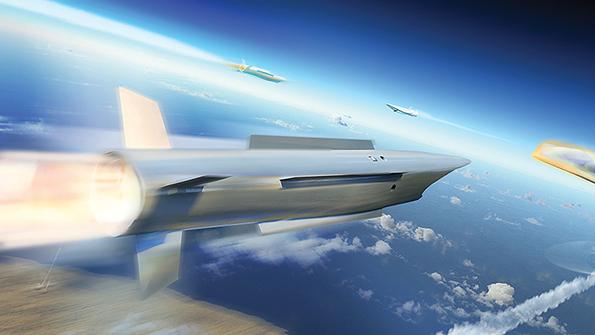
Whatever the actual politics, the fact is that defending against hypersonic weapons – some of which may travel faster than Mach 20 – would tax even the United States, a unitary actor with a big defense budget and vast experience building high-tech weapons. Hypersonic defenses will require new technologies, vast sums of money, and patience and determination to stick with an endeavor that will be long, frustrating and expensive.
As Charles de Gaulle famously said of France: “How can anyone govern a nation that has 246 different kinds of cheese?” The question for the EU is whether dozens of nations can unite on the difficult quest to stop hypersonic missiles.
Michael Peck is a contributing writer for Sandboxx and Forbes. He can be found on Twitter and LinkedIn.
Feature Image: The Russian hypersonic Avangard rocket during a test launch. (Ministry of Defense of the Russian Federation)
Read more from Sandboxx News
- The Air Force wants air-breathing engines for hypersonic missiles
- High-speed hype? The problems with hypersonic missiles
- US confirms sending HARM missiles as Ukraine wreaks havoc on Russian air defense systems
- What if the Soviets had invaded Europe? ‘Combat Mission: Cold War’ aims to find out
- Project Horizon: Nukes and shotguns on the moon
Related Posts
Sandboxx News Merch
-

‘AirPower’ Golf Rope Hat
$31.00 Select options This product has multiple variants. The options may be chosen on the product page -

‘Kinetic Diplomacy’ Bumper Sticker (White)
$8.00 Add to cart -

‘Kinetic Diplomacy’ Bumper Sticker (Black)
$8.00 Add to cart
Michael Peck
Related to: Breaking News
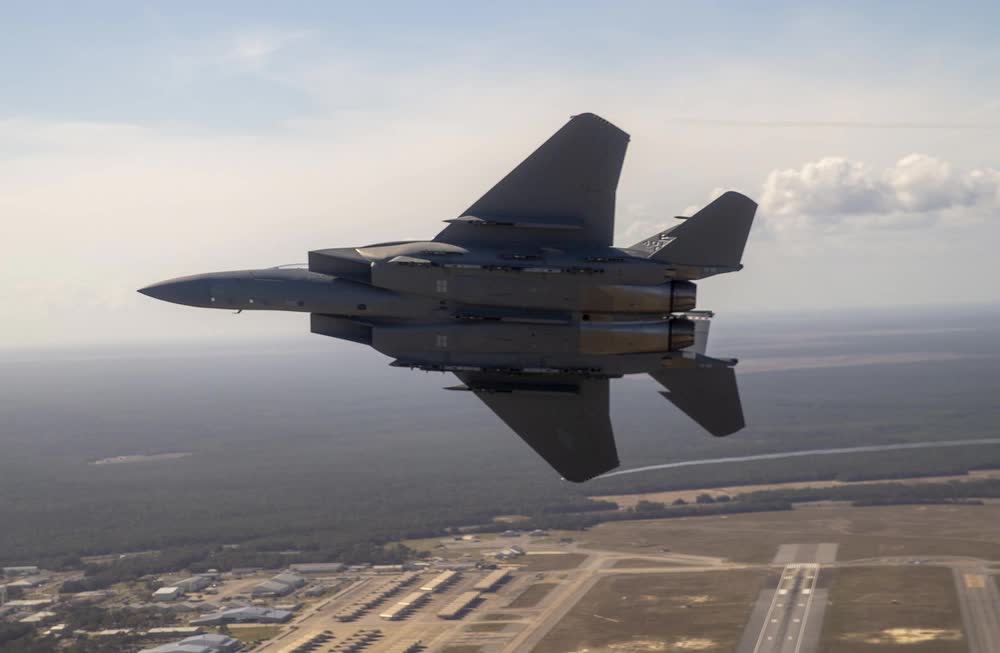
Video: The wild plans to use the F-15EX in the early days of a war
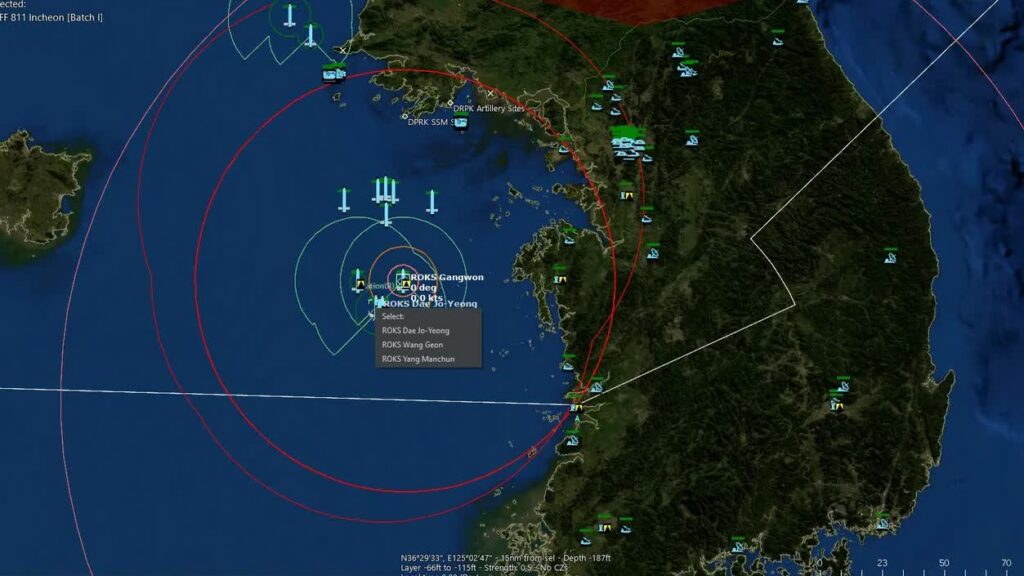
The Air Force is letting troops play a video game to prepare for global conflict
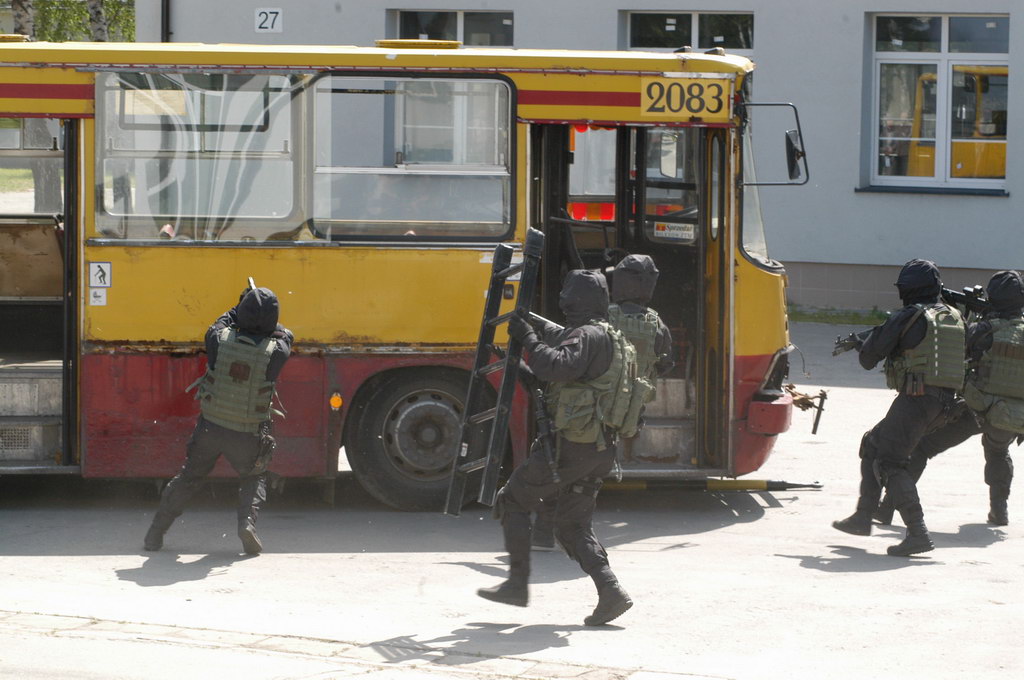
Delta Force escapades with Poland’s elite GROM special operations unit

Ukraine is facing serious problems in the east, where Russia’s forces are grinding forward
Sandboxx News
-

‘Sandboxx News’ Trucker Cap
$27.00 Select options This product has multiple variants. The options may be chosen on the product page -

‘AirPower’ Classic Hoodie
$46.00 – $48.00 Select options This product has multiple variants. The options may be chosen on the product page -

‘AirPower’ Golf Rope Hat
$31.00 Select options This product has multiple variants. The options may be chosen on the product page -

‘Sandboxx News’ Dad Hat
$27.00 Select options This product has multiple variants. The options may be chosen on the product page
